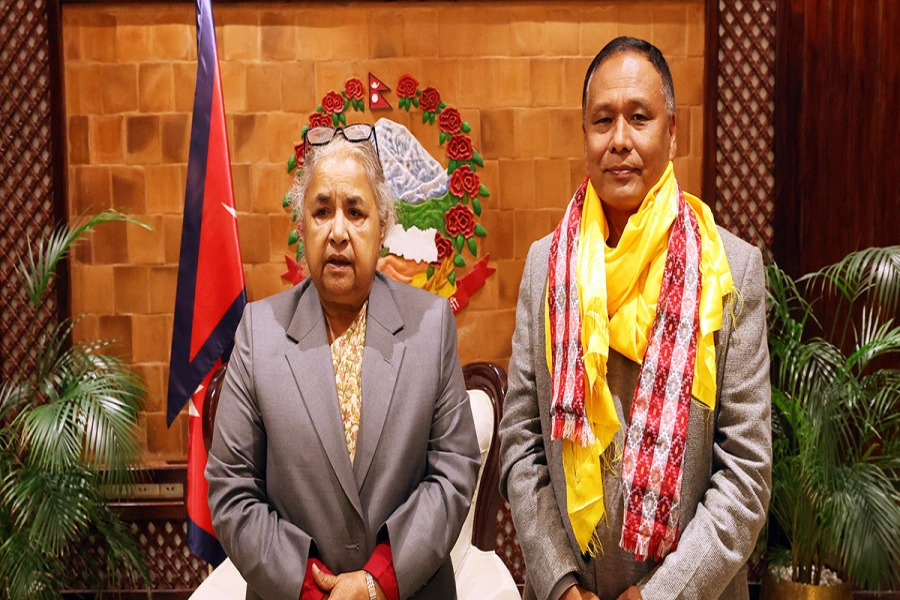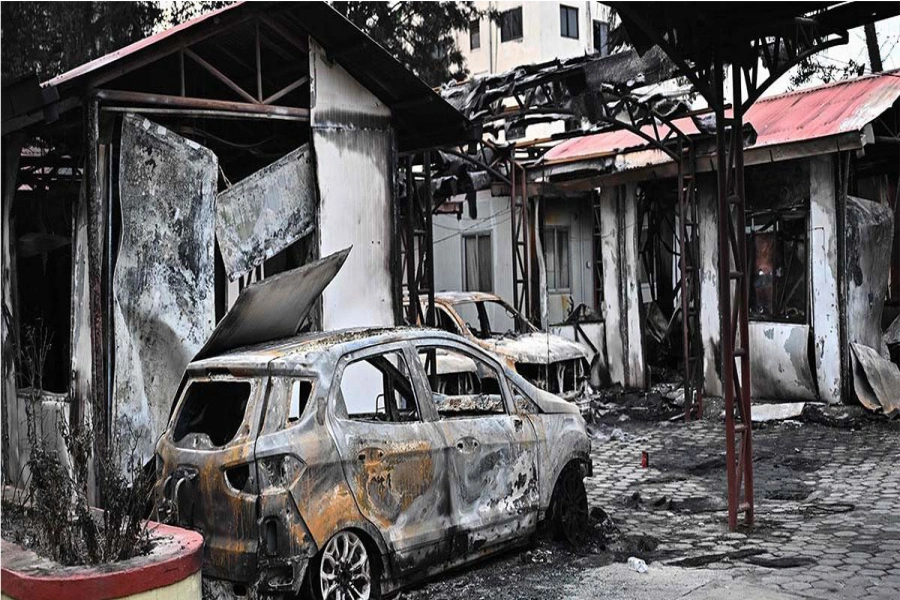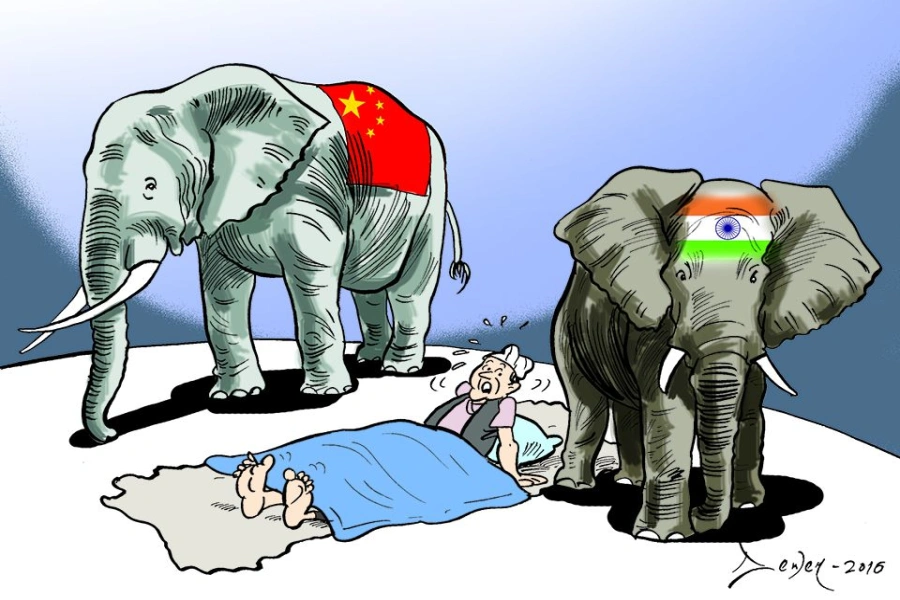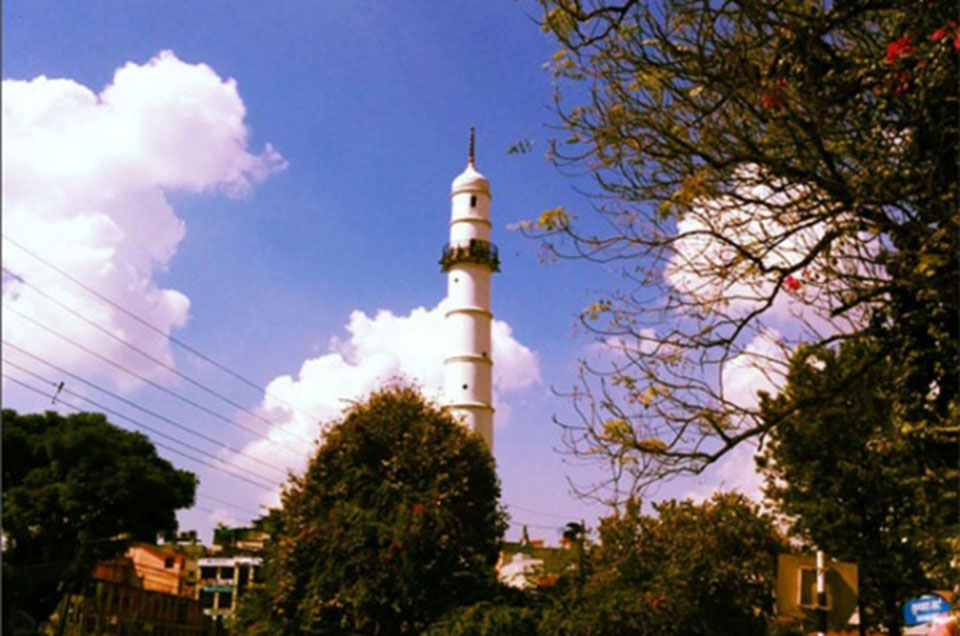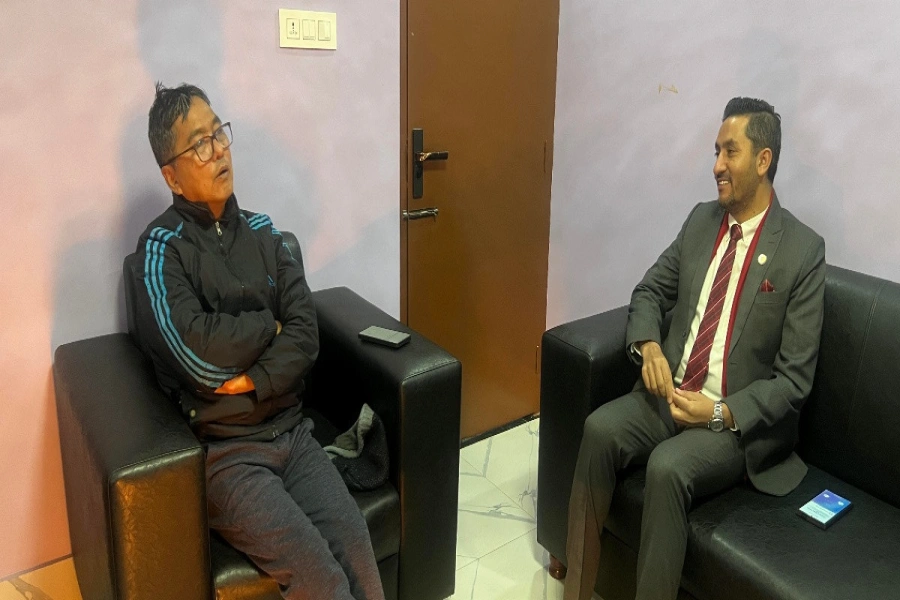Only around 35% of quake survivors in Kathmandu Valley have started rebuilding their houses
KATHMANDU, Oct 16: Survivors in rural areas have started rebuilding their houses, those in urban areas are still in a dilemma over rebuilding houses damaged by the earthquakes of 2015.
Especially quake survivors in the Kathmandu Valley are dragging their feet when it comes to rebuilding their houses. Recent data of National Reconstruction Authority (NRA) shows only 35 percent of the total quake survivors in three districts of the Valley has started rebuilding their houses. According to the statistics, over 80 percent of quake survivors outside the valley are rebuilding their houses.
The number of quake-affected households in Kathmandu, Bhaktapur and Lalitpur districts is 103,616. Among them, only 36,395 have started rebuilding their houses. Of them, 16,805 victims have already completed rebuilding.
Based on the statistics compiled till Sunday evening, a total of 603,827 households in 11 districts outside the Valley have started rebuilding houses. Of them, 286,484 households have already completed rebuilding. Currently, 482,294 houses in these districts are under different stages of construction, according to the NRA.
Post-quake reconstruction in northern Gorkha too slow

Sindhpalchowk leads other districts when it comes to rebuilding. Out of 86,971 affected households in the district, 53,808 have already completed rebuilding, while 24,692 households are busying rebuilding their houses. Similarly, more than 80 percent of quake-affected households have already begun reconstruction works, while 50 percent of them have completed rebuilding their houses in Rasuwa, Okhaldhunga, Ramechhap, Gorkha, Dolakha and Nuwakot districts. Compared to these districts, only 37 percent of the households in Kathmandu, 33.80 percent in Lalitpur and 32.93 percent in Bhaktapur have begun house rebuilding works, according to the NRA.
PROBLEMS GALORE IN URBAN AREAS
Sushil Gyawali, CEO of the NRA, said that various factors are affecting house rebuilding works in urban areas. "Factors like multiple ownership, shortage of funds, and building codes enforced by municipalities are making rebuilding of houses difficult in urban areas," he added.
Among others, NRA is facing difficulty in providing housing grant to survivors living in joint family. Also, land plots of many survivors cannot meet building codes of municipalities as these local units do not approve design of houses built in two or three ana of land.
"New building codes have compounded woes for quake survivors. Most of the quake survivors are finding it difficult to meet criteria prescribed in the building code," added Gyawali. "But we are working to sort out this issue."
Lack of funds has been the other deterring factor. "It takes at least Rs 2 to 2.5 million to build a normal house in Kathmandu Valley. The housing grant of Rs 300,000 provided by the NRA is becoming of no use to quake survivors here as they are finding it difficult to arrange funds to rebuild their house," added Gyawali. He reminded that the NRA has arranged bank loans of up to Rs 2.5 million for such quake survivors.
However, quake survivors are not benefiting as banks seek collateral to extend such loans.
Gyawali assured that the NRA will settle this collateral problem very soon.
TIME LIMITATION FOR GRANT
NRA has targeted to complete reconstruction of private residence within the current fiscal year 2018/19. The authority has also published a three-phase schedule for housing grant distribution.
As per the schedule, those victims who have received first installment by mid-July will receive second installment by mid-December while third installment will be distributed by mid- May.
Similarly, those who are yet to receive any grant can collect first installment from mid-November. They have to collect second and third installments by mid-February 2019 and mid-June 2019, respectively.


